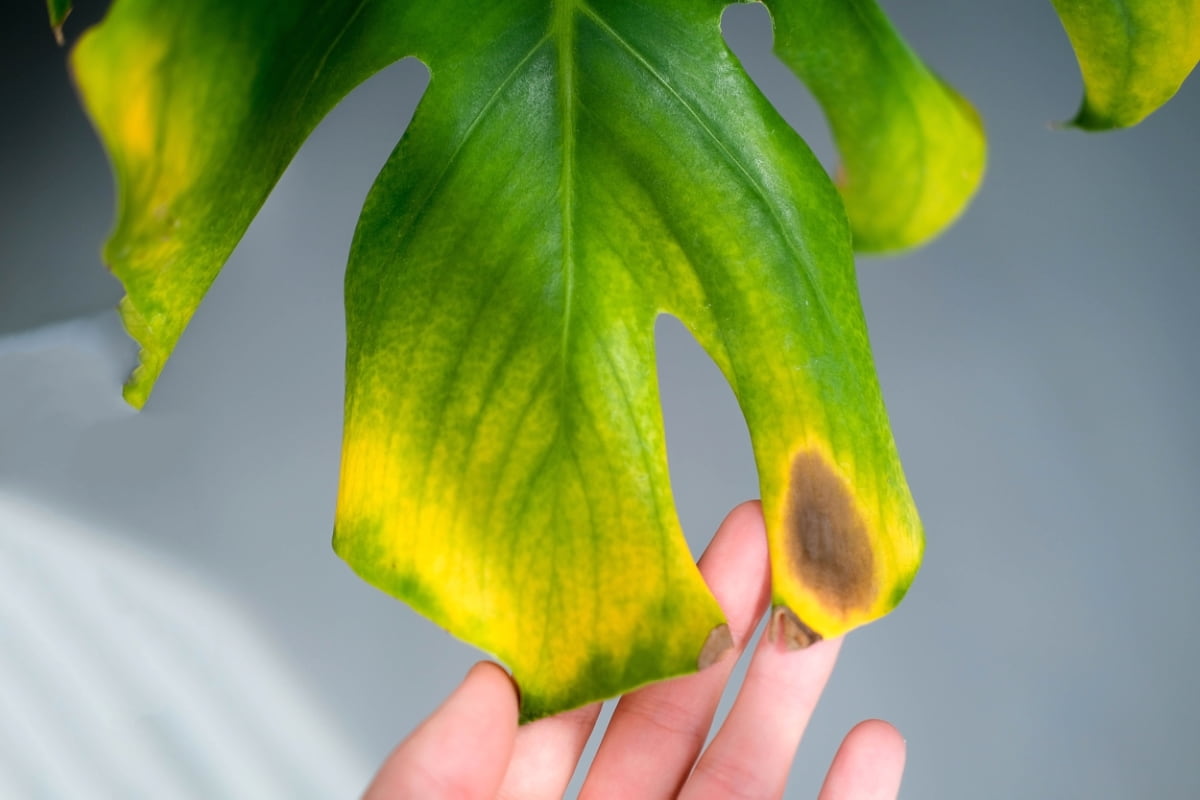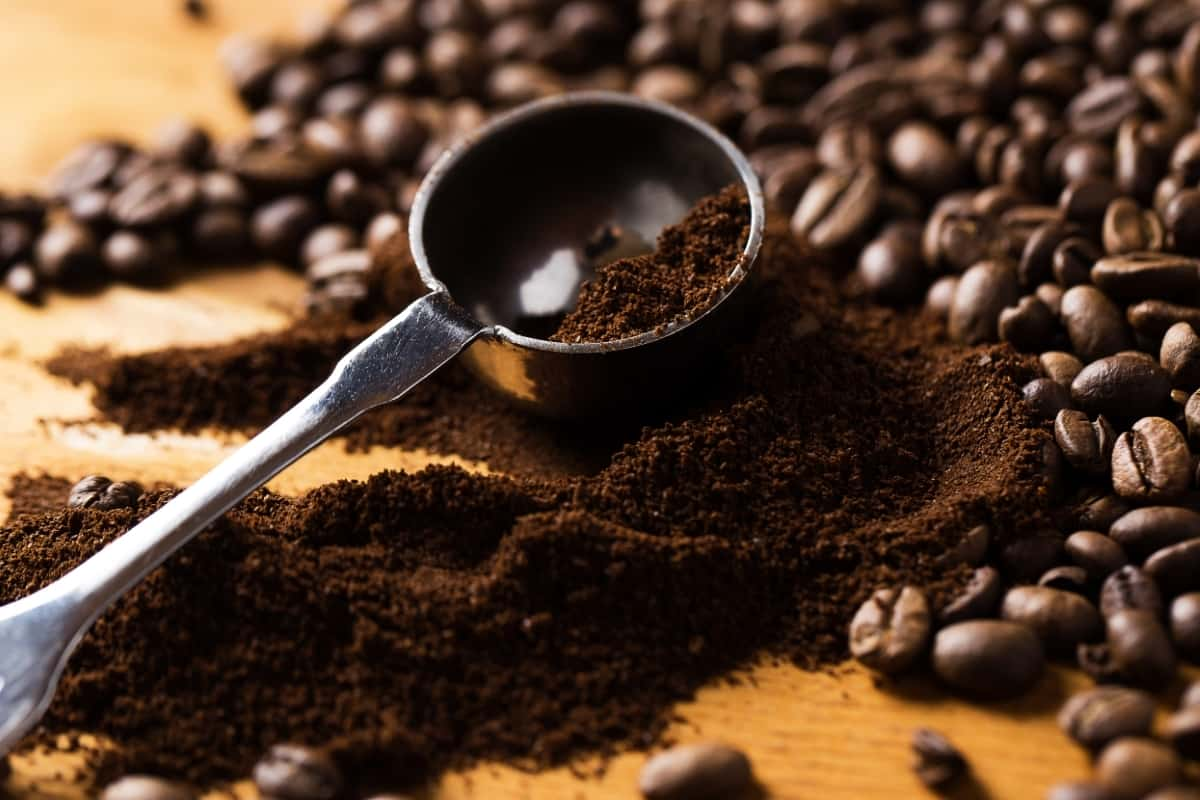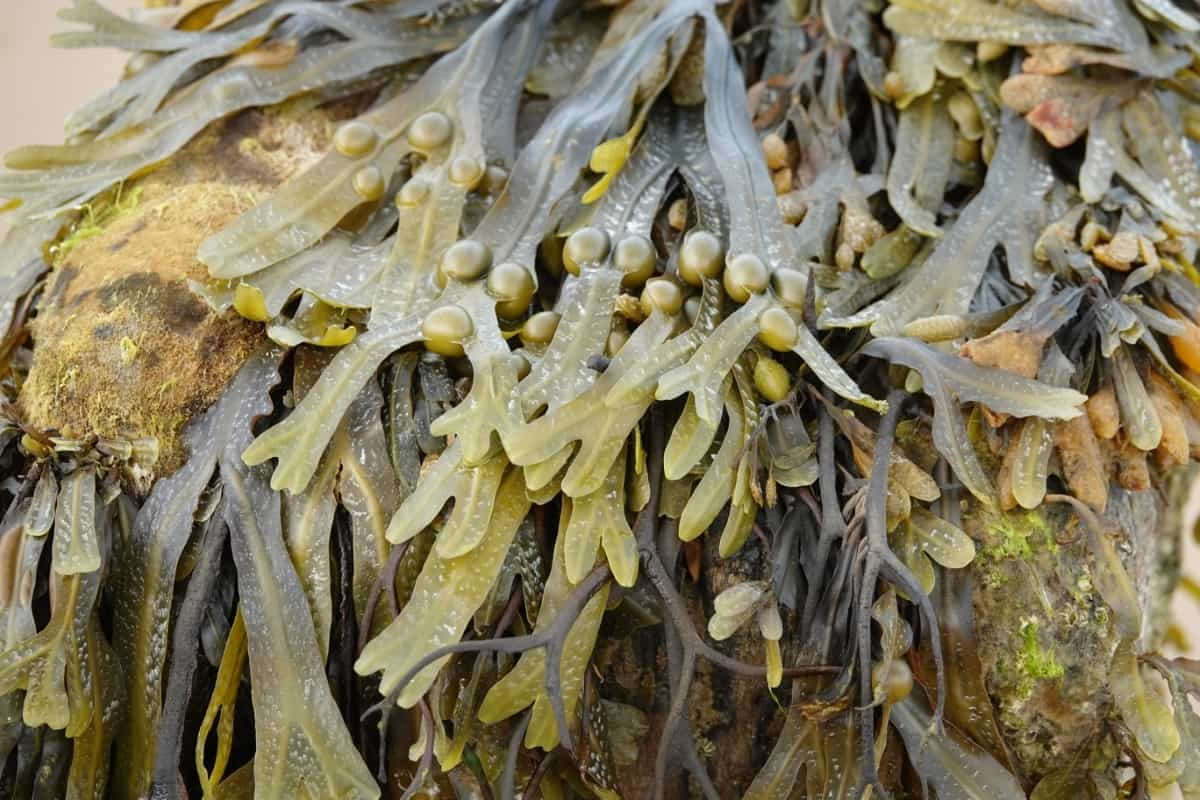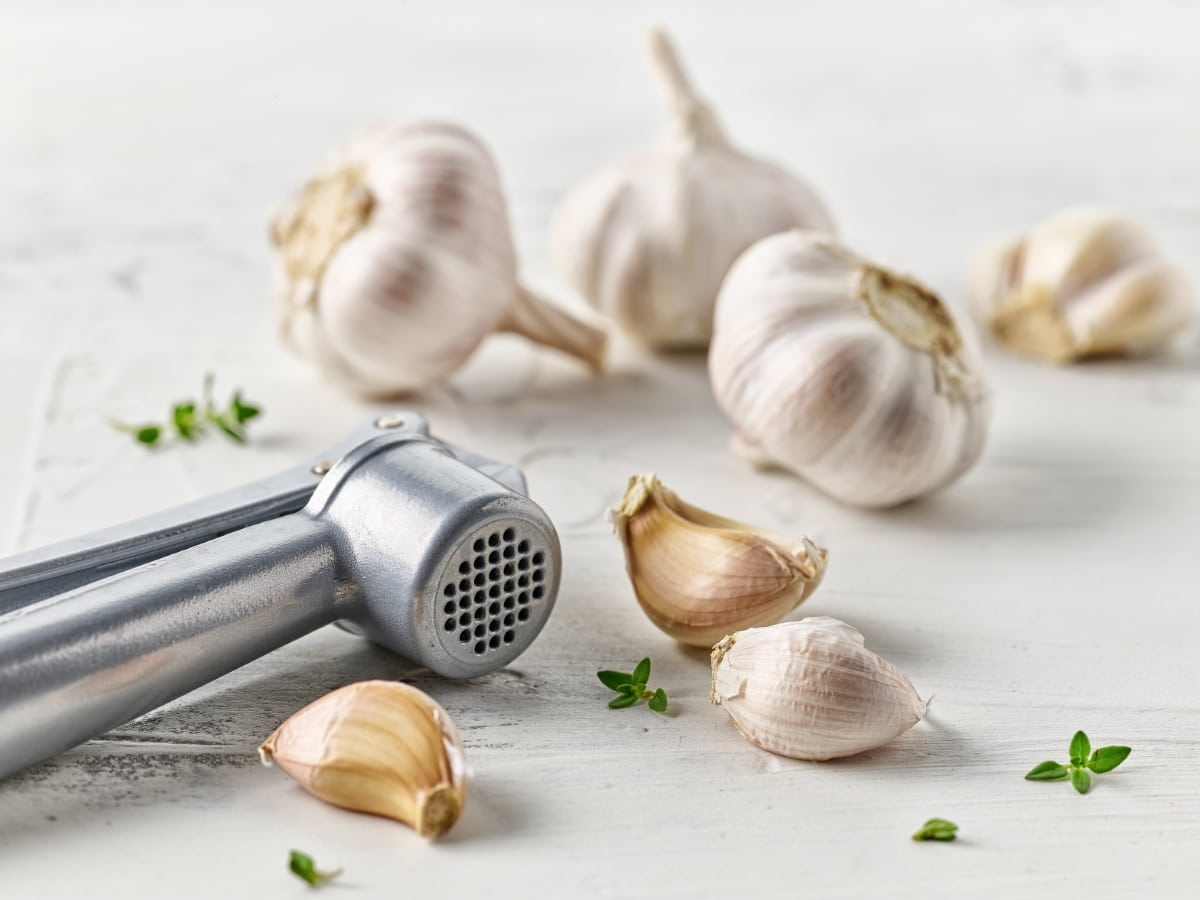Chlorosis, the yellowing of plant leaves, can be a frustrating issue for gardeners. While commercial solutions exist, many DIY enthusiasts prefer organic and eco-friendly alternatives. In this guide, we’ll explore the top 10 homemade remedies for chlorosis, offering natural and sustainable options for both treatment and prevention.

Top 10 Homemade Remedies for Chlorosis
Overview and Symptoms of Chlorosis
Chlorosis is a common problem that affects many plants, especially in alkaline soils. It is caused by a deficiency of iron, which makes the leaves turn yellow or pale green while the veins remain green. Plants that have chlorosis may grow and produce less, and they will be more vulnerable to diseases and pests.
Epsom Salt Solution
A fantastic source of sulfur and magnesium is Epsom salt, which is essential for plant health. Magnesium helps plants produce chlorophyll, the green pigment that gives them their color. Sulfur helps plants absorb iron and other nutrients from the soil. Two teaspoons of Epsom salt should be dissolved in one gallon of water to make an Epsom salt solution until you see improvement, mist the afflicted plants with the solution once a week. Moreover, you may improve the soil around the plants by adding Epsom salt.
Banana Peel Infusion
Banana peels are a balanced source of potassium, phosphate, calcium, and other elements that plants need. They also contain organic acids that can lower the pH of the soil and make it more acidic, which helps plants absorb iron better. To make a banana peel infusion
- Chop up some banana peels and put them in a jar.
- Fill the jar with water and let it sit for a few days.
- Strain the liquid and use it to water your plants once a week. You can also decompose the banana peels in the soil near the plants to provide them with extra nutrients.
Coffee Grounds Mulch
Coffee grounds are another excellent way to acidify the soil and improve its fertility. They contain nitrogen, potassium, phosphorus, and other trace elements that plants need. Additionally, they attract earthworms and advantageous microorganisms that aid in the decomposition of organic debris and soil aeration.
In case you missed it: Top 10 Homemade Sprays for Squash Bugs: Easy DIY Solutions for Getting Rid of Squash Bugs

Spread coffee grinds around the base of your plants to serve as mulch. Coffee grounds may be used either fresh or used; just be careful they aren’t too hot or too wet. To make a well-balanced mulch, you may also combine them with other organic materials like leaves, straw, or grass clippings.
Compost Tea Spray
You may create compost tea, a liquid fertilizer, using your compost pile. It has a wide range of nutrients and beneficial microbes that may improve the health and development of plants. Making iron and other minerals more readily available in the soil may also aid in the prevention and treatment of chlorosis.
Pour some water into a bucket and add some compost to create compost tea. Compost of any sort may be used, although worm castings work particularly well in this application. Stir the mixture regularly while allowing it to steep for a few days. Once a week, strain the liquid and mist your plants with it. To strengthen the health of your plant’s roots, you may also rinse them with compost tea.
Seaweed Extract Application
Seaweed extract is a natural product. It is made from seaweed that has been dried and processed to extract its nutrients and hormones. Seaweed extract contains many minerals, amino acids, vitamins, and growth regulators that can benefit plants in various ways. One of the benefits of seaweed extract is that it can help prevent and treat chlorosis by providing iron and other micronutrients to plants. It can also stimulate root development, enhance photosynthesis, increase resistance to stress, and improve flower and fruit quality.
In case you missed it: Top 10 Homemade Sprays for Cucumber Beetles: Get Rid of These with DIY Organic Treatment

Molasses and Water Mix
Molasses is a thick fluid that is produced from sugar cane or sugar beet. It contains sugar, iron, calcium, magnesium, potassium, and other minerals that plants need. It also feeds the beneficial bacteria and fungi in the soil that help release nutrients for plant uptake.
To use molasses as a remedy for chlorosis, mix 1/4 cup of molasses with a gallon of water. Spray the solution on your plants once a week until you see improvement. You can also add molasses to your compost pile or worm bin to increase its microbial activity and nutrient content.
Citrus Peel Fertilizer
Citrus peels are another source of organic acids that can lower the pH of the soil and make it more suitable for iron absorption by plants. They also contain vitamin C, which can boost plant immunity and help them fight off diseases. To make a citrus peel fertilizer
- Chop up some orange, lemon, lime, or grapefruit peels and put them in a mixer.
- Add some water and blend until you get a smooth paste.
- Transfer the paste to a jar and let it ferment for a few weeks.
- Use the liquid to water your plants once a month. You can also add the solid residue to your compost pile or worm bin.
Vinegar and Water Solution
One common culinary ingredient that may be used to treat plant chlorosis is vinegar. Because vinegar is acidic, it may reduce the pH of the soil, which facilitates plants’ uptake of iron and other nutrients. Acetic acid, another ingredient in vinegar, can dissolve iron oxides in the soil and release them for plant absorption.
To treat chlorosis with vinegar, combine one gallon of water and one-fourth cup of white vinegar. Until you see improvement, mist your plants with the solution once a week. Once a month, you may water your plants with a watering can that has vinegar added to it.
Crushed Eggshell Amendment
Eggshells that have been crushed are a good source of calcium, which is necessary for the construction and operation of plant cell walls. Calcium also helps plants regulate their water balance and cope with stress. Crushed eggshells can also provide some iron and other trace elements to plants.
To use crushed eggshells as an amendment for chlorosis, rinse and dry some eggshells and crush them into small pieces. Sprinkle them around the base of your plants and work them into the soil. You can also include crushed eggshells in your compost pile or worm bin to enrich them with calcium and other minerals.
Garlic Spray for Pest Control
A natural insect repellent, garlic may ward against a variety of pests that might harm your plants and induce chlorosis. Sulfur molecules found in garlic can irritate animals’ and insects’ senses, causing them to avoid your plants. Additionally, the antibacterial and antifungal qualities of garlic help shield plants against disease.
In case you missed it: Top 10 Homemade Sprays for Mealybugs: How to Get Rid of Them with DIY Solutions

Chop and peel a few garlic cloves, then place them in a container to prepare a pest-controlling spray. After adding water to the jar, let it alone for a few days. Once a week, strain the liquid and mist your plants with it. To make the spray more potent, you may also mix in some hot pepper or soap.
Preventive Tips for Chlorosis
- Choose plants suitable for soil type and pH level.
- Regularly test and adjust soil pH using a soil pH kit or meter.
- Add organic matter to the soil for improved structure, drainage, fertility, and microbial activity.
- Avoid overwatering or underwatering plants to prevent stress and nutrient imbalance.
- Follow fertilizer instructions and use organic fertilizers or amendments.
- Regularly prune plants to remove dead, diseased, or damaged branches and leaves.
- Keep an eye out for diseases and pests in plants and take quick action to address them using natural or organic ways.
Conclusion
Addressing chlorosis through DIY, organic solutions not only promotes plant health but also aligns with eco-friendly gardening practices. Experiment with these homemade remedies and adopt preventive measures to ensure vibrant and thriving gardens.
- Beneficial Insects in Pest Management
- Natural Solutions for Pest Control in Flower Gardens
- Types of Fungicides Used in Agriculture
- Common Issues in the Fruit Development Stage of Pomegranate Farming
- Fruit Development Issues in Papaya: Easy Solutions and Treatment
- Soil-Borne Diseases and How to Protect Your Plants
- Practices to Prevent Disease Spread in the Garden
- From Wilted to Thriving: How to Treat Root Rot Naturally in Houseplants
- Natural Remedies to Cure Brown Spots on Fig Tree Leaves